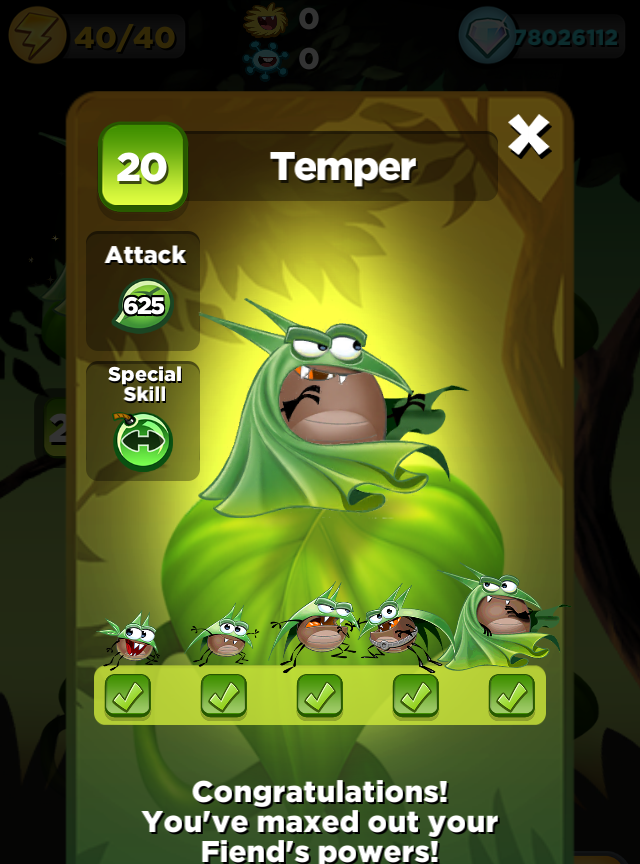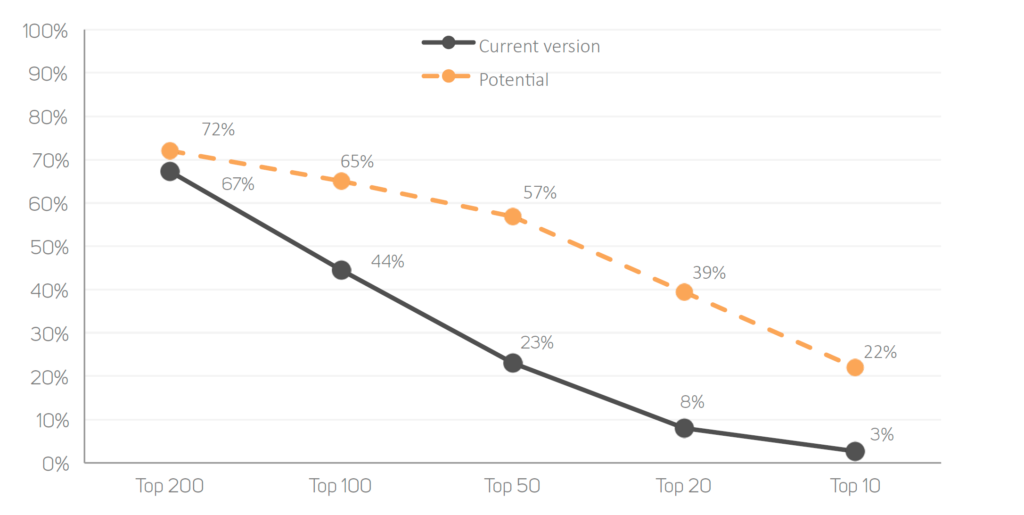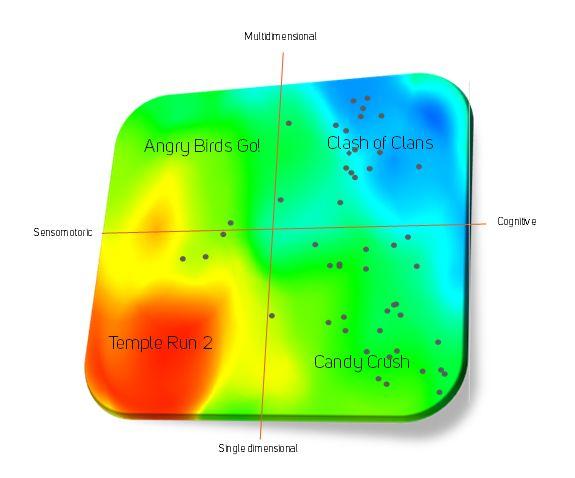In the first part of this blog series, we began a journey into the world of match 3 puzzle games and their current trends in the AppStore. During the first steps of this voyage, we also established a division of the genre into two distinctive categories:
1. Single-dimensional match 3 games (“SD3”), such as Candy Crush Saga and Panda Pop
2. Multi-dimensional match 3 games (“MD3”), such as Marvel Puzzle Quest and Puzzle & Dragons
In the second part, we focused on the many faces of and trends of SD3s (also referred as casual match 3 games) and discussed about some features, which based on market data are especially effective at enhancing the commercial potential of these games.
This third and last part of the series is all about multi-dimensional match 3 puzzle games (MD3s). We’ll start by taking a look at this genre of games in general and discussing some of the reasons behind their success. We then take things to a bit more detailed level: with the help of market data and statistical analysis, we are able to dig our way to the very core of these games and give you fact-based feature-level suggestions on how to improve your next MD3’s chances of success in the overcrowded aisles of the AppStore.
BALANCING BETWEEN TWO WORLDS
When you skim through the iOS top grossing charts, it looks very much like today’s gamers have the hots for two primary types of mobile games: the mid-/hardcore strategy/RPG games (Clash of Clans, Heroes Charge, Marvel Future Fight etc.) and the casual puzzle games (we REALLY like to see those sugary sweets popping and crunching, don’t we?). But as we know, sometimes you want to have the best of both worlds, and that’s where MD3’s step in. By combining the addictive randomness and short-term satisfaction injections of match 3 mechanics with the addictive collecting/enhancing loop and long-term progression elements of RPG’s, you have both casual and mid-/hardcore players throwing all their spare money and time at your feet, right? Well, theoretically yes, but unfortunately the reality, as we know, tends to be a place where everything is a wee bit more complicated. Without careful planning, you might end up with an abomination that isn’t able to appeal to either side of the casual-hardcore spectrum. So how to avoid this?
When starting the creation process of an MD3, the first thing to decide should be the game’s primary focus. So when you get the grand idea of eating cakes in groups of three and having an RPG too, think really hard whether your next masterpiece is going to be leaning more towards the match 3 side of things (e.g. Best Fiends and Angry Birds Fight), or if you’re going to put more emphasis on things like character development and team composition optimization (e.g. Puzzle & Dragons and Marvel War of Heroes).
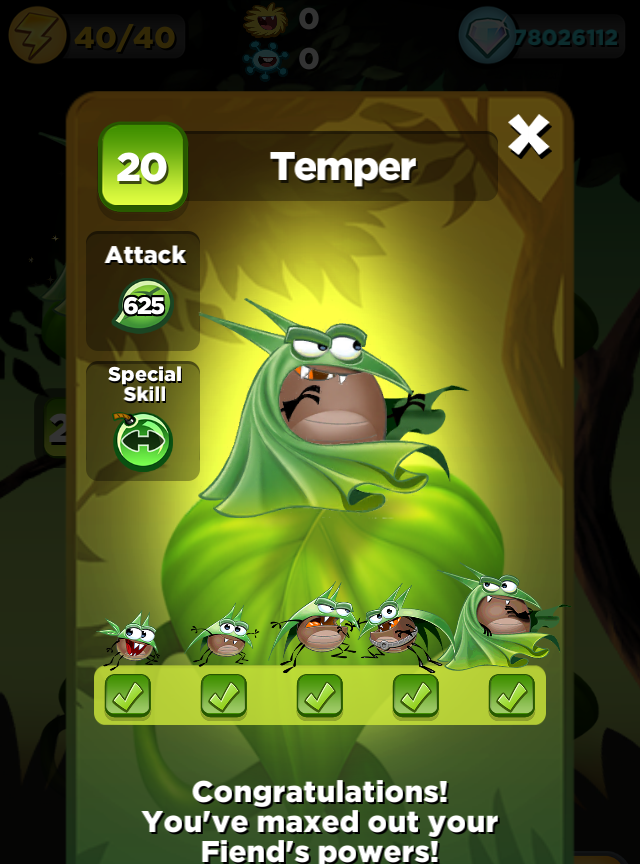
These might seem like very high level and “obvious” things to consider, but these decisions create the very foundations of your MD3 game, and should be reflected in every detailed feature-level decision you make along the way. In other words, if the balance between the two core layers is not crystal clear during each step of the development process, you risk ending up with a title that isn’t well synchronized and lacks focus. For instance, if your RPG MD3 has really rich character development aspects with focus on grinding and finding better gear, but the match 3 elements and randomness in battle sequences play way too big a role in the success of players, the hours and dollars spent by your loyal customers on optimizing their characters and gear don’t really matter. That’s a great way of stirring up feelings of unfairness and frustration while also keeping your retention low. So once you have made the grand decision about the balance of the two core elements, every feature and mechanic in the game should be well aligned with it.
INCLUDING THE RIGHT FEATURES
Now that you have figured out the high-level focus of your hybrid of a game, it’s time to concentrate on the smaller things – features and detailed game mechanics. With MD3’s this is especially interesting, as you have features from different genres at your disposal. But that’s also the hard part, as you have to figure out, which bits and pieces work well together, and which will make you and your game miserable. Well, below you can find a couple of the good ones just to get you started. And as always, these little grains of info are based on fresh data from the markets, crunched through our objective statistical analytic models for increased insights and delight, enjoy!
1. Special levels and playing modes with unique mechanics
As we discussed last time, the ability to constantly offer your audience fresh new things and versatility in game mechanics is one extremely good way of increasing your title’s commercial potential. In single dimensional match 3 games (such as Candy Crush Saga), the nature of the genre somewhat limits the options available for achieving this. With MD3’s, however, the RPG-layer enables you to come up with a lot more solutions for diversification of mechanics and progression.
One of the most efficient ways is to introduce special levels or playing modes with unique rules and game mechanics. For example, special dungeons that depart from the main level progression and offer whole new kind of enemies, mechanics, rewards and challenges help to keep your audience excited and engaged. Additionally, a good amount of non-linearity is brought to the game’s progression curve, giving players more horizontal content and sense of freedom.
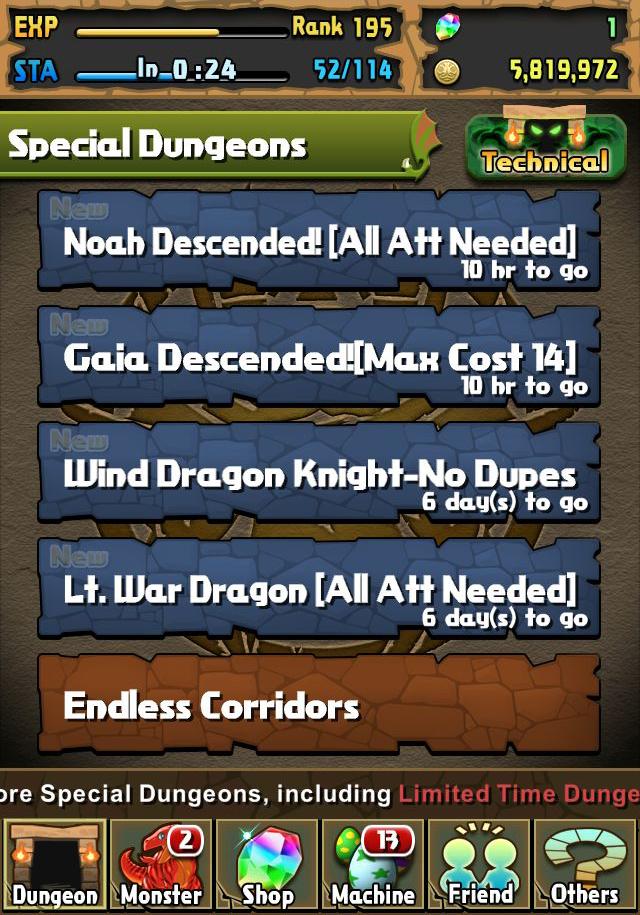
2. Dynamic item/character pool
One of the main strengths of RPG mechanics from the perspective of retention, monetization and progression is the vast possibilities for character and item collection and development. In other words, the foundations to support features that satisfy our inner optimizer and give us almost infinite chances for improvement are imprinted to the genre. In MD3’s with an RPG-layer, this opens up several options for enhancing the games’ commercial potential. One of the most efficient ones is the so-called dynamic item pool.
Dynamic item pool means that the items/characters available for purchase may change between sessions (for example item shops with changing wares) or purchasing has major random elements, so that the player can’t ever be sure, what he or she will get with each purchase. In comparison, games with static item pool, the items available for purchase are always the same and the player knows every time, what he or she will get when a purchase is made. The versatility of changing item assortment available and the excitement of opening randomized “gift-wraps” is a psychologically very effective way to increase re-engagement and frequency of IAP-transactions, and that’s where the charm and strength of dynamic item pool lies.
A good example of a game with dynamic item pool would be Heroes Charge, which actually has implemented both versions of the feature (changing items wares and the random chests). There are several other successful games that have used this feature to their advantage and objective market data shows, that dynamic item pool is clearly a feature that differentiates the most successful titles from the “Average Joes“:

3. Rich social aspects (with or without PvP)
In the US mobile game markets, the importance of social elements has been trending up heavily during the last year. From this perspective, casual match 3 games, in general, have one shortcoming, and that is the fact that at least the more complex social features don’t sit really well with the core mechanics of the genre. But when it comes to MD3’s, the situation is, fortunately, a lot brighter, as the game type is better aligned with both co-operational and PvP-related social features.
So what kind of social features should you go with? The biggest decision from the perspective of core game mechanics relates to the possible PvP dimension of your game. According to market data, the PvP-element by itself increases the commercial potential of your game, but this effect is greatly affected by the other social features of the game. Therefore, for increased synergy effects and optimal benefits, you should also include co-operational social aspects to support the aggressive PvP.
From the pool of co-operational social features, I’d like to pick up the possibility to borrow friends’ and guild mates’ characters for additional help in PvE. Not only does this feature increase the feeling of working together as a team and give more benefits for actually having friends/joining a guild, but it also has a third positive effect embedded in it: players (and especially the beginners) get to see, what kind of powerful characters and items they might also get their hands on, if only they keep on grinding the game long enough. From the MD3 genre, Puzzle & Dragons is maybe the best-known title to implement this feature, but several commercially successful RPG and strategy games have also used it to their advantage.
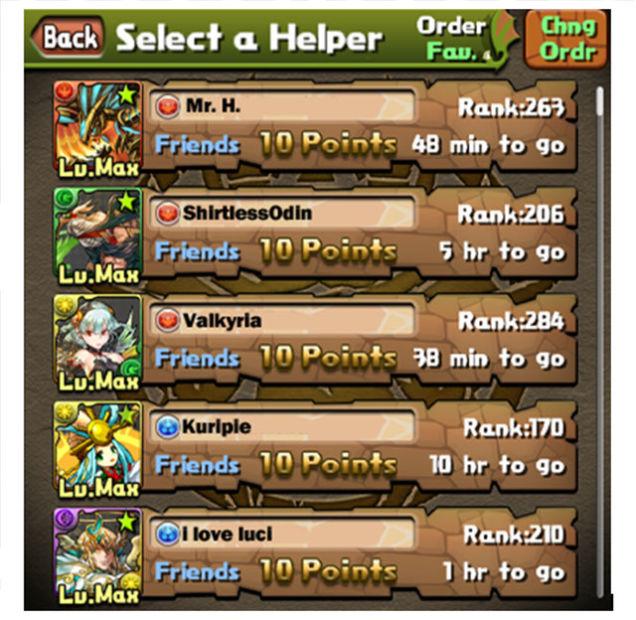
When we look at different PvP-related features from the perspective of market data and commercial success, we can found quite a few with a statistically proven positive effect on your title’s success in the top grossing charts today. In this post, however, we chose the one with the biggest muscles, and that is the active, dynamic PvP-league. By active, we mean that you actively climb the “ladder” by winning matches and fall down by losing them. By dynamic, we mean that new kind of leagues or PvP events with own ranking systems are introduced from time to time.
A fitting example of an MD3 game with well implemented active, dynamic PvP-league system would be Marvel Puzzle Quest. Angry Birds Fight is another successful MD3 title with active PvP-league, but unlike MPQ, it leans more on the reaction-based matching and less on the RPG-side of things.

That was the third and last part of our match 3-themed series. I hope you have enjoyed reading and maybe even gained some new insights on the subject along the way. Thanks for staying with us and please stay tuned for more informative blog posts about mobile games from the perspective of analytics and market data.
Blog posts you may also like:

